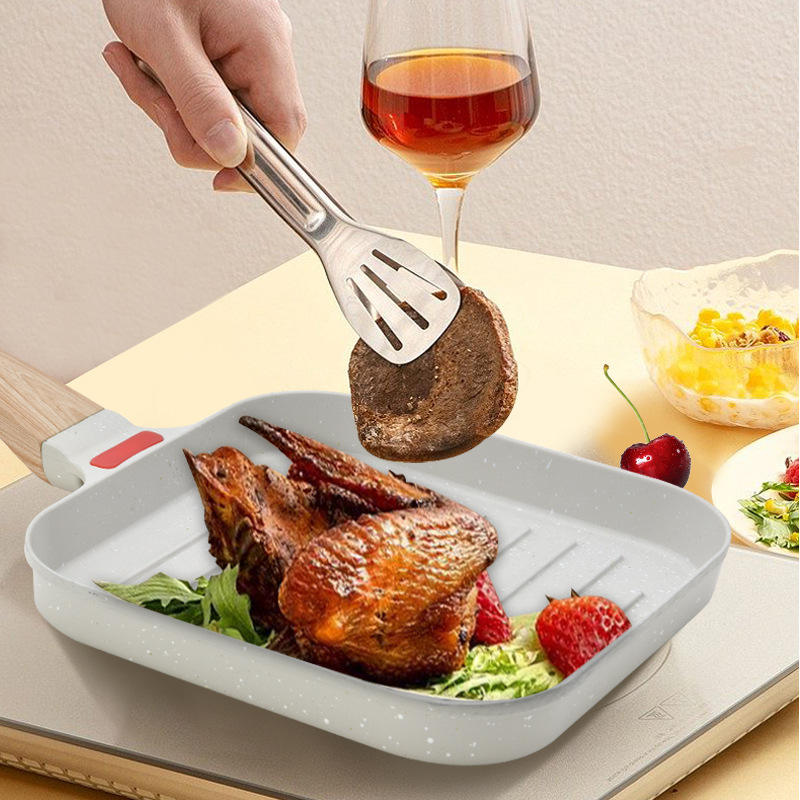Enhance Your Kitchen with Stylish and Functional CookwareWhen it comes to creating a beautiful and practical kitchen, the right cookware can make all the difference. By choosing pieces that not only look stylish but also perform well, you can elevate your cooking experience to a whole new level.Quality Materials for Long-lasting DurabilityInvesting in high-quality cookware is essential for a kitchen that combines style and performance. Look for pieces made from durable materials such as stainless steel, copper, or cast iron. These materials not only look great, but they also conduct heat evenly and are built to last.Non-Stick Surfaces for Easy Cooking and CleaningCookware with non-stick surfaces is a must-have for any modern kitchen. These surfaces make cooking and cleaning a breeze, allowing you to create delicious meals without the hassle of stuck-on food. Look for pots and pans with a durable non-stick coating that can withstand frequent use.Versatile Pieces for Every Cooking TaskA truly practical kitchen requires cookware that is versatile and can handle a variety of cooking tasks. Invest in a collection of pots, pans, and utensils that can go from stovetop to oven with ease. This will ensure that you have the right tools for any recipe.Stylish Design Elements to Enhance Your Kitchen DecorIn addition to performance, the aesthetics of your cookware can also play a significant role in creating a beautiful kitchen. Look for pieces with stylish design elements such as sleek handles, eye-catching finishes, and coordinating sets that will complement your kitchen decor.Eco-Friendly Options for Sustainable CookingFor the environmentally conscious home cook, there are plenty of eco-friendly cookware options available. Look for pieces that are made from sustainable materials such as bamboo, recycled steel, or ceramic. These eco-friendly choices not only look great but also help reduce your carbon footprint.Space-Saving Solutions for Small KitchensIf you have a small kitchen, maximizing space is crucial. Look for cookware sets that are designed with space-saving features such as nesting pots and stackable pans. These compact options will help you make the most of your kitchen storage while still providing top-notch performance.Specialty Items for Gourmet Cooking AdventuresFor the aspiring chef or gourmet cooking enthusiast, specialty cookware can take your kitchen to the next level. Invest in items such as a sous vide machine, a pasta maker, or a high-quality chef's knife to enhance your cooking adventures and create restaurant-quality meals at home.Easy-to-Clean Pieces for Effortless MaintenanceKeeping your cookware clean is essential for maintaining both its performance and appearance. Look for pieces that are dishwasher safe or have easy-to-clean surfaces that can be wiped down with a sponge. This will help you keep your kitchen looking beautiful and ensure that your cookware lasts for years to come.Invest in Your Kitchen and Elevate Your Cooking ExperienceBy choosing cookware that combines style and performance, you can create a beautiful and practical kitchen that is the heart of your home. Invest in quality pieces that reflect your cooking style and aesthetic preferences, and enjoy the benefits of a well-equipped kitchen for years to come.Quote Inquirycontact us










